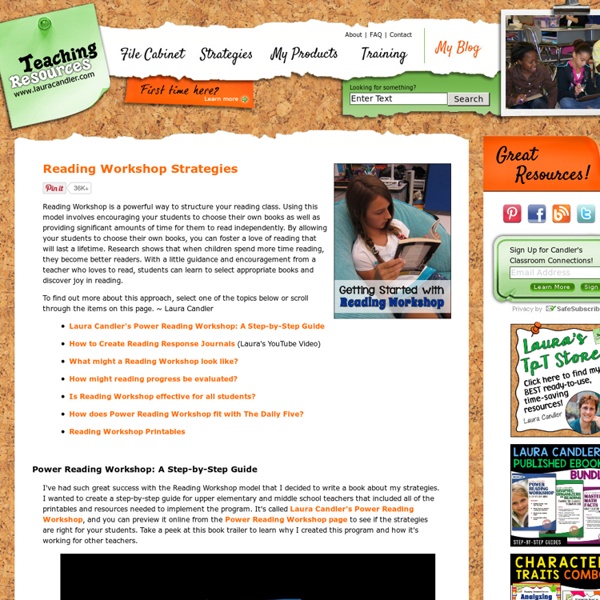Shadow Poetry - Poetry Types Introduction
What Is Poetry - This section contains a definition of poetry, poetry is... quotes, and other helpful definitions for beginning poets. Poetry Quotes - An enjoyable collection of famous poetry quotes along with quotes from previous Shadow Poets. Traditional Poetry Forms - Displays a handful of traditional poetry forms. Most of the definitions have at least one example of each particular type of poetry for better understanding. Invented Poetry Forms - As a bonus, Shadow Poetry feature poetry forms created by selected poets as new and challenging writing styles.
Why 2016 is about Work / Life Integration | Collective Hub | Collective Hub
Guest Editor, Life WORDS BY Vanessa Bennett | Guest Blogger ...not Work / Life Balance In today’s society, work/life balance seems to be the Holy Grail that everyone strives for, yet very few achieve. The reality of this widespread struggle begs the question – Is this concept of balance more of a hot trend, rather than an achievable resolution to stress and burnout? These days people tend to glorify being busy so much that even our time for ‘balance’ is so overwhelmed with “relaxation” activities, that we end up exhausted. When we talk about work/life balance we are automatically suggesting that work is in the ‘non-life’ category. Top 6 tips on how to achieve work/life integration this year: Give yourself permission Enhancing your happiness and health starts with giving yourself permission to feel better, be better, and become better. *Take control of your scheduleWe actually have more control over our daily schedules than we like to believe.
Reading Strategies for Elementary Students
Global rating average: 0.0 out of 50.00.00.00.00.0 These websites contain reading strategies to help elementary school students become good readers. Some websites simply list strategies and some include activities to help students learn. There are also links to eThemes Resources on inference, context clues, and main idea and supporting details. Grades Links Reading for Meaning: Tutoring Elementary Students to Enhance Comprehension This article looks at comprehension and comprehension strategies such as: activating prior knowledge, answering and generating questions, making and verifying predictions, using mental imagery and visualization, monitoring comprehension, and recognizing story structure. Education Standards Request State Standards
Smart Apps For Special Needs: Educating Eddie Currency Edition - free life skills app
Educating Eddie Currency - Learn money skills (counting, adding, subtracting, recognising) for kids by Broccol-E-Games This fabulous free app is great for learning about discriminating Australian currency denominations and also practicing basic currency addition. Eddie the Koala is on a quest to free his friends who have been trapped. As he completes a level, he is rewarded with a key, and then upon completing the subsequent level, he uses the key to free his friend. Children are motivated to keep adding the coins to reach the top and add freed friends to their collection. In-app purchases for each of the four difficulty levels or complete package. Little kids love to play shop because they love to imitate adults, and handle pretend money. The illustrations are cartoon-like, but the money is photo-realistic (if not real-size), so any practice your child gets with this app can be directly transferred to handling real money. Download it now and improve your child's financial literacy!
Home - The Reading & Writing Project
Questioning Toolkit
Essential Questions These are questions which touch our hearts and souls. They are central to our lives. Most important thought during our lives will center on such essential questions. What does it mean to be a good friend? If we were to draw a cluster diagram of the Questioning Toolkit, Essential Questions would be at the center of all the other types of questions. All the other questions and questioning skills serve the purpose of "casting light upon" or illuminating Essential Questions. Most Essential Questions are interdisciplinary in nature. Essential Questions probe the deepest issues confronting us . . . complex and baffling matters which elude simple answers: Life - Death - Marriage - Identity - Purpose - Betrayal - Honor - Integrity - Courage - Temptation - Faith - Leadership - Addiction - Invention - Inspiration. The greatest novels, the greatest plays, the greatest songs and the greatest paintings all explore Essential Questions in some manner. Why do we have to fight wars?
All About Adolescent Literacy | AdLit.org
Celebrity Calamity
Paper Rater: Pre-Grade Your Paper | a.k.a. Paper Grader
Last Updated Date: February 14, 2024 Welcome to the e-commerce shops, digital platforms, websites, applications ("apps"), widgets, blogs, or other online offerings owned or operated by Learneo, Inc.; and any of their affiliates or subsidiary companies (collectively, “Student Brands,” “we,” “our,” or “us”), including but not limited to bartleby.com (“Bartleby”); studymode.com, cram.com, paperrater.com, and all other online offerings (collectively, the “Services”) that post links to these Service Terms (the “Service Terms”). Your use of and access to our Services is governed by these specific Service Terms and the Learneo Terms of Service available here (the “Learneo Terms of Service”) (collectively, as amended from time to time, the “Terms”). Please review the Terms carefully before using the Services. By using or accessing the Services, you acknowledge and agree that you have read, understood and agree to be bound by the Terms. 1. Ownership. 2. User-Generated Content. 3. 4. 5. 6. 7. 8.



